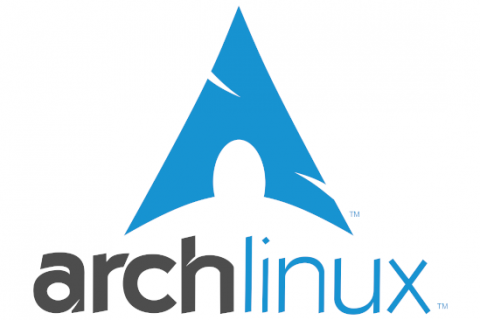If you want to run macOS without any hussle the only way is to buy an Apple computer. However if you want to experiment a bit there are two additional ways to accomplish this. This post will cover how to easily run macOS on Linux.
We covered the Hackintosh Build in a previous post, which was for advanced users as there is a lot of setup involved and requires specific compatible hardware. This method gives you the closest thing you will get to running macOS as if on authorised Apple hardware. If you choose your Hackintosh components carefully, everything should just work as intended.
An alternative method, for less advanced users and people who don’t want to buy additional hardware, is to run macOS using Virtualisation. We covered Virtualisation in a similar post which explained how to run Windows 3.1 in Virtualbox.
While you could do this in Windows (Host OS) the guide below is specifically for Linux. It’s a lot easier in Linux as it only takes a single command in the terminal to have everything running. For this I came accross an excellent guide posted by one of my favorite YouTube channels. The Linux Experiment linked below.
Disclaimer: This method is preferred to easily run macOS on Linux but certain macOS features will not work under Virtualisation. For full compatibility, i.e. hardware acceleration, working bluetooth & wireless features such as imessage and handoff you are better off with a Hackintosh. You will also need a somewhat powerful computer to run both the host OS and macOS.
Virtualised macOS is not intended for performing resource intensive tasks such as video editing, etc. It’s more of an easy way to get to know macOS or try/use a simple macOS specific app.



